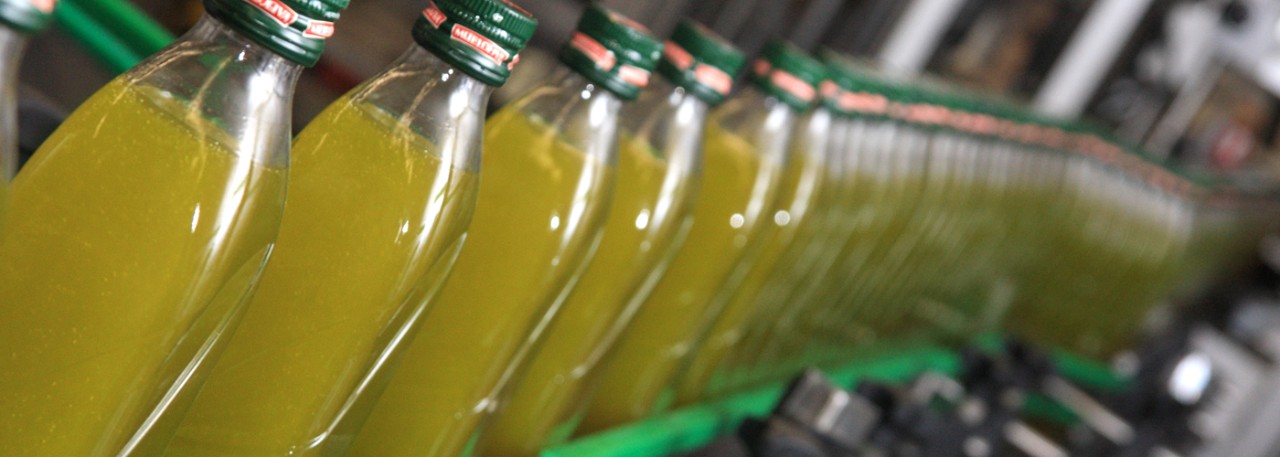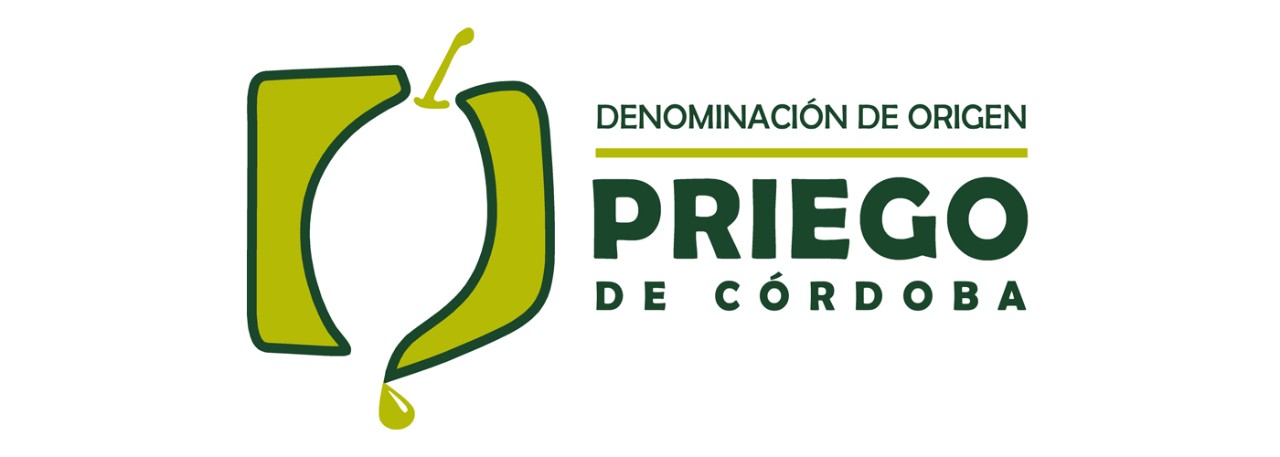.png.transform/rendition-xs/image_image%20(1).png)
Priego de Córdoba PDO
Extra virgin olive oil obtained from the fruit of olive trees (Olea Europea, L) of varieties Picudo, Hojiblanco and Picual, by mechanical means that cause no alteration in the oil, retaining the flavor, aroma and characteristics of the olives from which it is obtained.
Tasting notes
Overall, these oils have a subtly herbaceous nose, with suggestions of fruit such as apple and, to a lesser degree, other fruits and vegetables such as tomato. Their initial surprising sweetness in the mouth gradually gives way to a slight, and very pleasant, bitterness suggestive of their green nuances. The finish produces a faint, barely perceptible piquancy in the back of the mouth. This is when the aromas come into their own, with the apple notes and fruitiness at their best.
The individual varieties:
- Picudo: yellow in color, fruity, aromatic, pleasant and sweet.
- Hojiblanco: golden yellow in color, fresh, fruity, pleasant and sweet.
- Picual: greenish yellow in color, fruity, aromatic and slightly piquant.
Other notes
Analytical data:
- Acidity: maximum 1º
- Peroxide value: maximum 15
- Ultraviolet absorbance (K 270): maximum 0.15
- Moisture: maximum 0.1%
Production / Processing method
The density and distribution of olive plantations vary little from one municipality to the next. In older olive groves, density ranges from 50 to 80 trees per hectare (2.5 acres), while in newer ones it can be as high as 100 or even 150. The farming methods used are local to the immediate area, and their tasks begin immediately after completion of the harvest.
Olives from this region are destined exclusively for olive oil production. Over the years, the start of harvest has gradually been brought forward with a view to obtaining better quality oils. The harvest is carried out punctiliously, with olives that have touched the ground being kept apart from those that have not. Only the latter can be used for extracting PDO oils.
After picking, the olives are transported to the mills, where they are washed, weighed, and classified. Subsequently, the oil is extracted and stored in suitable conditions before being packaged in authorized receptacles.
Geography / Relief and climate
The area covered by this PDO is accidented and mountainous; its olive groves are situated at altitudes of over 700 m (3,280 feet). The soils are made up of chalky marls, dolomitic limestone, clays, and sands with limestone and gypsum deposits. An abundance of water, in the form of springs, rivers and streams, has generated an ongoing process of erosion, further exacerbated by farming the land. Valleys and declivities have formed in which the deep layer of workable soil that has accumulated is excellent for growing olive trees.
The area has its own microclimate, characterized by high rainfall and big temperature differences between seasons. Temperatures can drop to around 0º C (32º F) in winter, and reach 35º C (95º F) in summer.
Regulatory Council
Consejo Regulador de la DOP Priego de Córdoba
Avda. Niceto Alcalá Zamora, s/n - Parque Urbano
Pabellón de las Artes
14800 Priego de Córdoba (Córdoba)
Tel: (+34) 957 547 034
do@priegodecordoba.org
www.dopriegodecordoba.es
Sources:
- Spanish Ministry of Agriculture
The finish produces a faint, barely perceptible piquancy in the back of the mouth.


- Priego de Córdoba 1
- Priego de Córdoba 2
